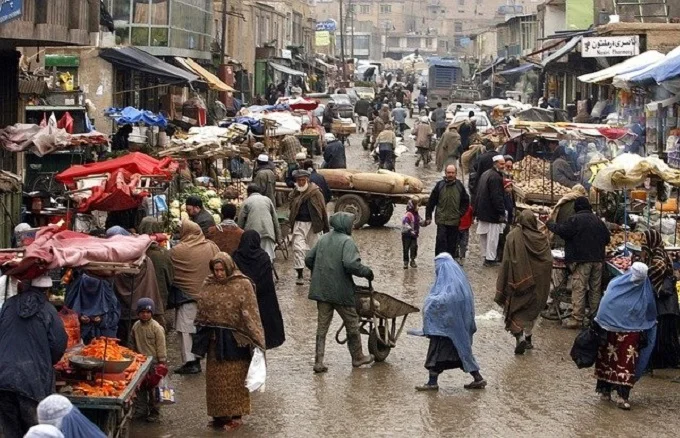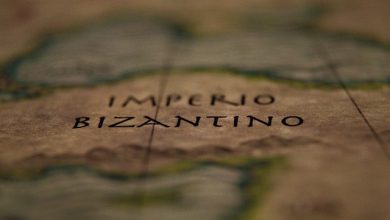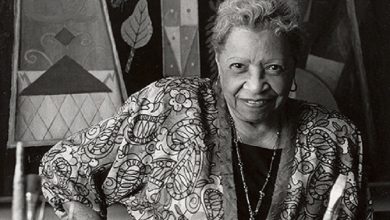Interesting facts about Afghanistan

Afghanistan is a landlocked country situated in South and Central Asia. It covers 252,000 square miles and is the 41st largest country in the world by area. The main religion is Islam. The capital is Kabul, which is also the largest city in the country. The country’s currency is Afghani. The country’s flag features stripes of black, red, and green, with the country’s coat of arms in the center.
For many years, the conflict has been going on here. A fair part of the country’s territory is controlled by fighters of various gangs and terrorist organizations. Still, against the backdrop of all this, ordinary people somehow try to continue living their everyday lives.
Facts about Afghanistan
- Worldwide, Afghanistan is known primarily as a major drug producer. This country produces nothing at all, except for the opium poppy, which is used to make heroin, perhaps the deadliest drug in the world. According to some estimates, more than 90% of the world’s total is produced here.
- It is dangerous for foreigners to be here for obvious reasons – they are often killed or kidnapped for ransom. Residents themselves warn rare extreme tourists that it is impossible to move around Afghanistan without armed guards. Moreover, a large part of the country is controlled by the Taliban terrorist organization, and even the military and peacekeepers do not go to the lands of the Taliban. But even in Afghan cities dotted with military bases.
- None of the cities of Afghanistan have normal sewerage, heating, and other benefits of civilization, even in Kabul, the Afghan capital. All waste is discharged directly into rivers, which looks more like oil; it is black and thick from sewage. Any Afghan city with a population of a couple of hundred thousand people causes more damage to the environment than the average European country.
- The population of Afghanistan is unknown. The first-ever census was held here in 1979, but the country has been destroyed, many fled across the border, and no one else has been involved in the census. By the way, there are no such ethnos as “Afghan” – the population of Afghanistan consists of representatives of one and a half dozen nationalities. Most of them are ethnic Pashtuns, Uzbeks, and Tajiks, although these peoples are entirely different – some are of Turkic origin, while others are Persian. Afghanistan has a common border with Uzbekistan and Tajikistan.
- The international community has been trying for a long time to stop the mass production of drugs in Afghanistan, but to no avail, since this is the only source of livelihood for most locals. And regular raids to destroy poppy fields backfire – after the peacekeepers leave, the Taliban come to the village to recruit several more suicide bombers from among the residents who want to take revenge.
- The United States and other countries spend a lot of money sponsoring operations to destroy poppy fields in Afghanistan. Therefore they are provided with proof of the work done – before and after videos, photographs, GPS data, and so on. In fact, this is all work for the public; the Afghan military is destroying one field, to report, without touching a dozen more of the same nearby.
- Throughout Afghanistan, you can see the remains of rusting Soviet armored vehicles that have remained here since the 80s. Many soldiers and officers of the modern Afghan army fought against Soviet soldiers, although some fought on the government’s side. Residents consider the ten years during which Soviet troops were in Afghanistan to be an occupation, and for the most part, they recall those times with disapproval.
- According to many signs, Afghanistan is the most dangerous country globally, although this Somalia challenges this title. The law does not apply here outside of foreign military bases, and in the capital, not a month goes by without a terrorist attack or two.
- Before the outbreak of the civil war in Afghanistan in 1979, this country was relatively prosperous. The streets were clean, women could wear European clothes, and culture flourished. Then the Taliban came to power, forbidding women to study, closing theaters, burning books, and blowing up many ancient monuments. Today in Afghanistan, almost all buildings are either destroyed or damaged, absolutely everything is littered with rubbish, and this country is among the poorest in the world.
- The literacy rate in Afghanistan is one of the lowest globally; it is about 45% among men and about 15% among women, who find it very difficult to get an education here due to numerous prejudices.




